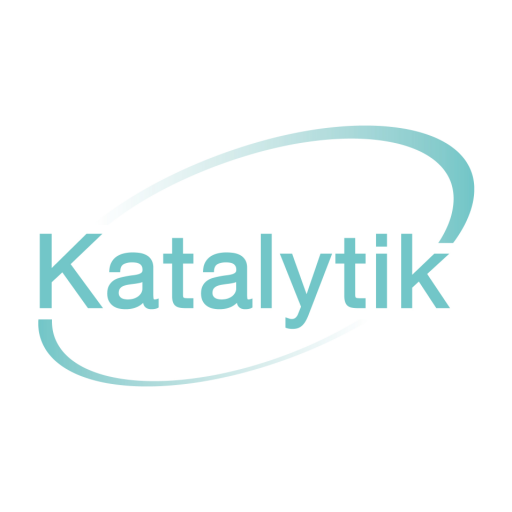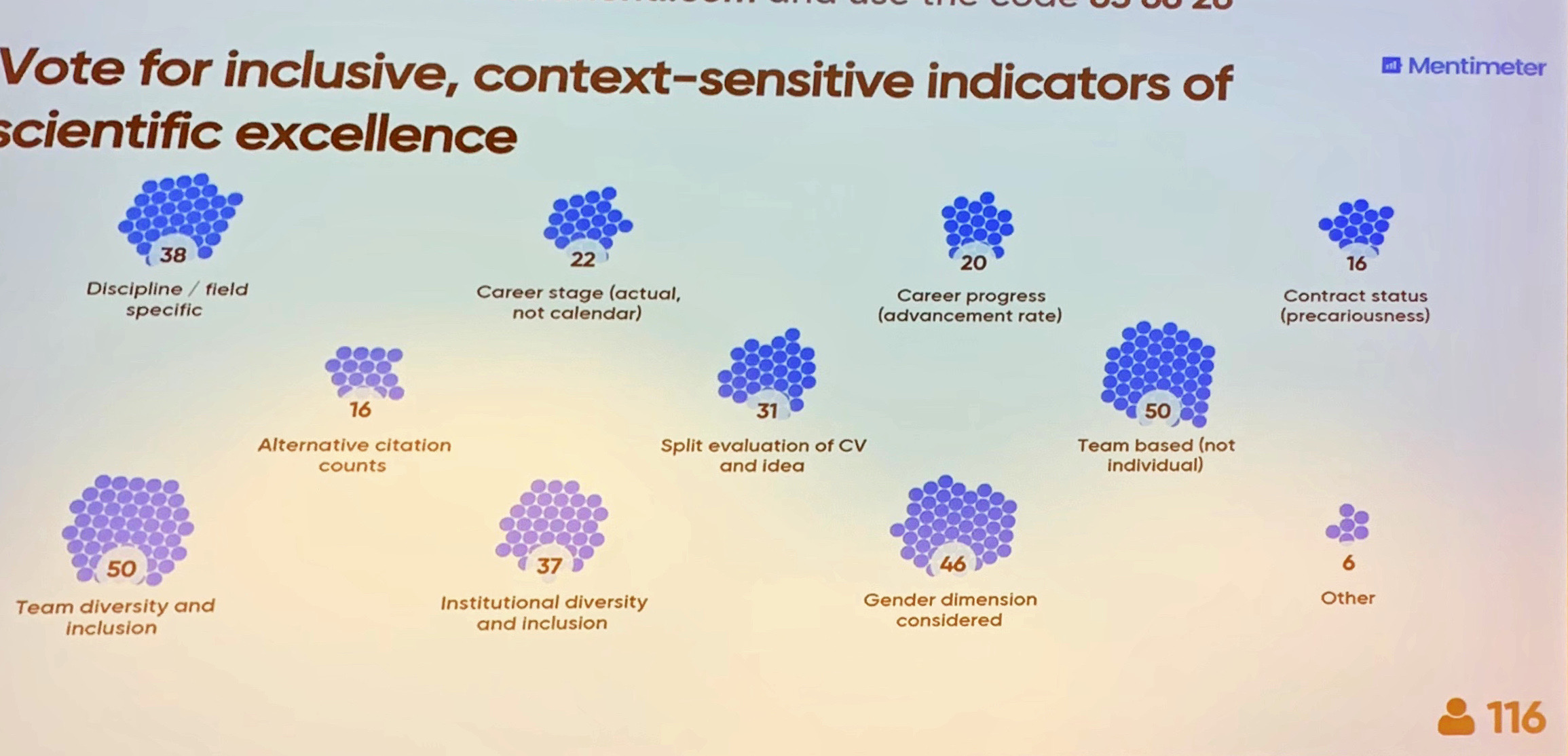What problems are hiding away?
Do we really know what we mean by excellence in research? This is something I’ve been asking for some time. And how is this impacting on society? Can we address this through an inclusion lens? Our first Powtoon teaser is our starting point for diving into engineering, and the education of engineers, as a lens for making progress. We need to ensure that even if our population of researchers and workers isn’t diverse, then at least their thinking is inclusive.
While the research community is hiding behind meritocracy and excellence, even calling its principal assessment tool the “Research Excellence Framework”, we still find sections of society are losing out on services, diagnosis or treatment. All based on embedded bias.
” Yikes”, I thought, when I heard Imperial College’s thought-leader on diversity, Simone de Buitendijk (co-author of the LERU position paper on inclusion in the academy ) say:
“We really don’t know how to measure excellence”.
at the 2019 European Gender Summit last week. But she’s right.
Bias is buried in the literature, compromising excellence
The very excellence of science and research is being compromised. Academic careers are floundering, based on the sex or origin of the academic. Evidence is hiding in the literature, because we don’t know the sex of the author(s).
Academic careers rely on being published and the higher the position in the author list implies greater credibility. So those who don’t get cited, drift away. Those who aren’t invited to contribute to a paper, drift away. This loss of talent contributes to problems of bias in artificial intelligence, whether in image recognition or recruiting software, and medical research is equally so. It’s effects are pernicious and insidious.
A major new piece of work from Elsevier is unearthing holes in excellence
Many examples are discussed in the rich and stimulating resource on the gendered innovation site. But it’s the Elsevier analysis that is making me sit up. And making really interesting reading. Analyzing 25,000 abstracts by the sex and gender of authors and the research content shows that when the lead author is female the paper is more likely to report on sex differences within the work. You should stay up to date with it. Elsevier is making sure that is changing.
So next time you’re scoping a piece of research, ask the question and plan some studies to explore if your project has a gender literature.
Important steps you can take to for inclusive, excellent research
I love interactive tools for conferences. When you have a group of thought leaders such as at the Gender Summit it’s an amazing opportunity to capture ideas. And so context-sensitive indicators for science excellence, the next big steps for addressing inclusion in scientific excellence (see the graphic) are presented. What do you think? Would you choose these three as the most important ?
- Team diversity and inclusion
- Considering the gender dimension in research
- Team-based (not individual) assessment criteria


